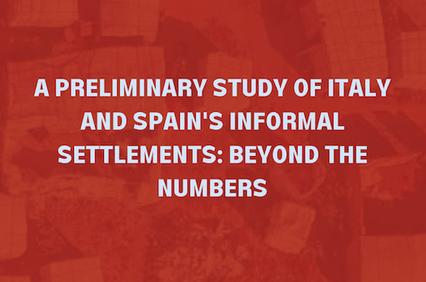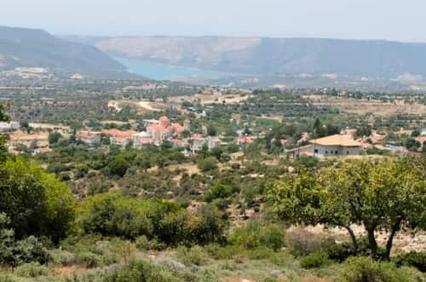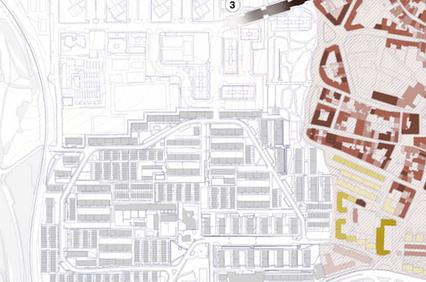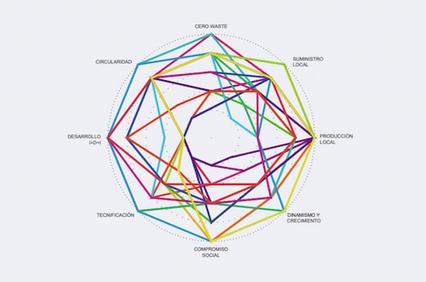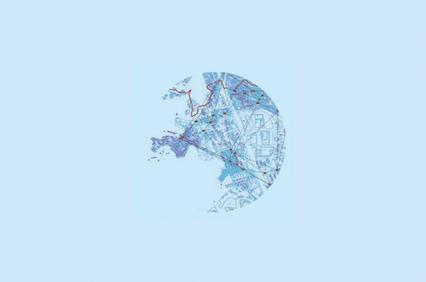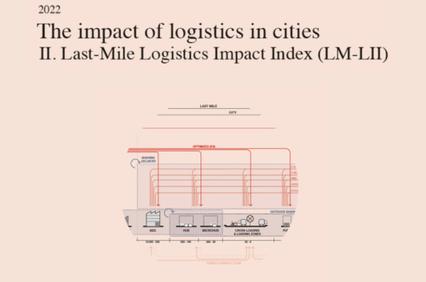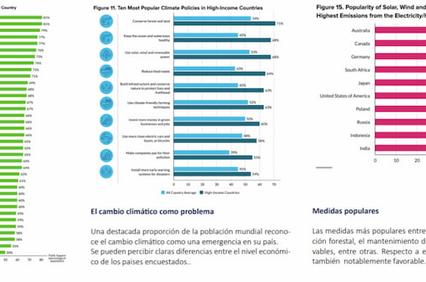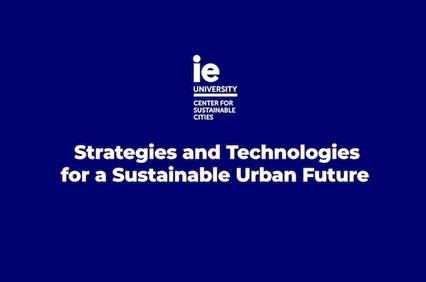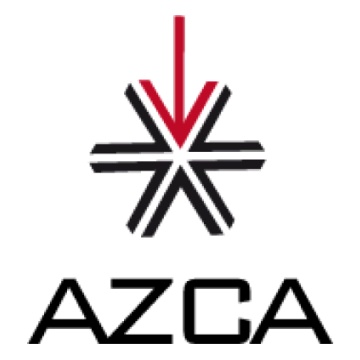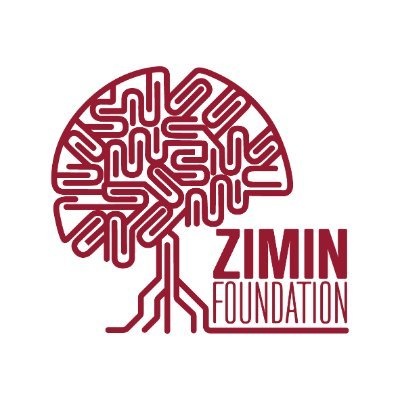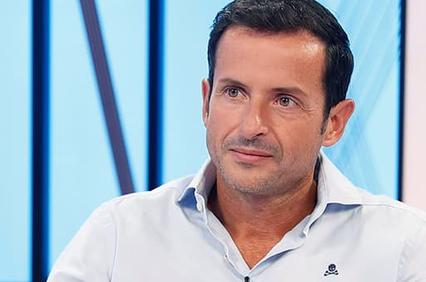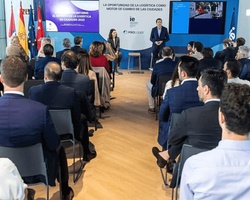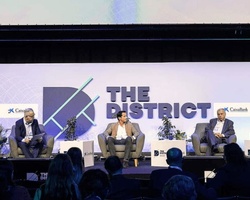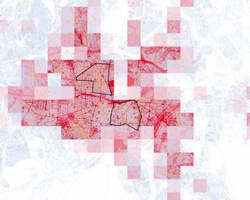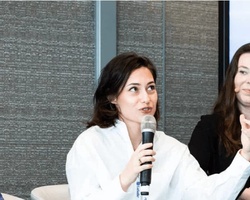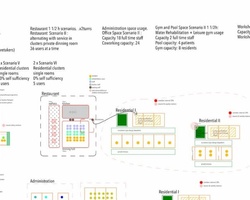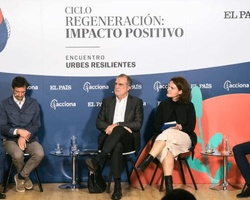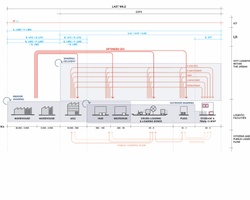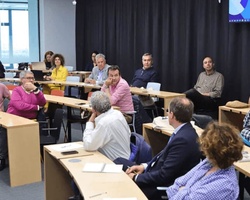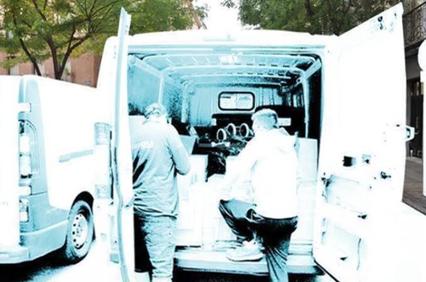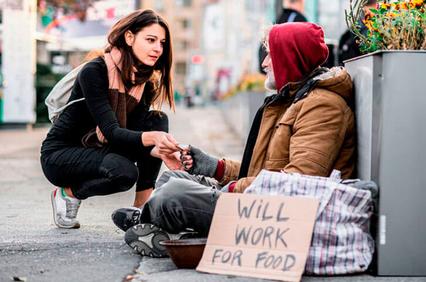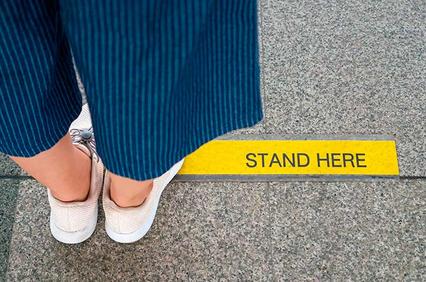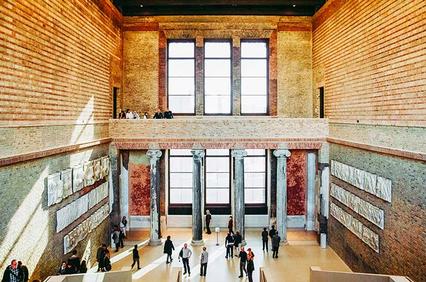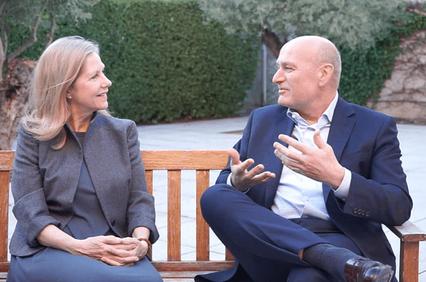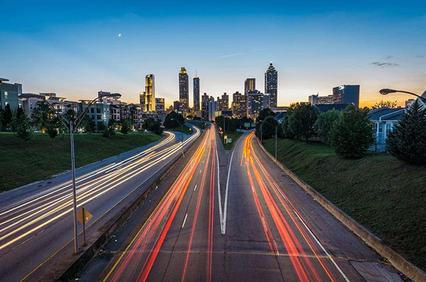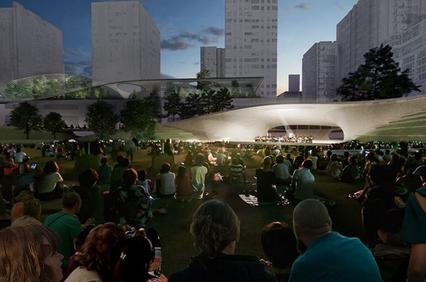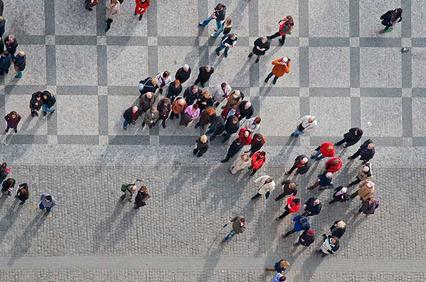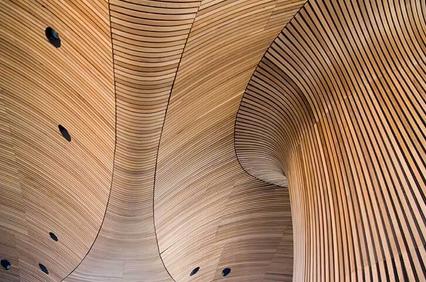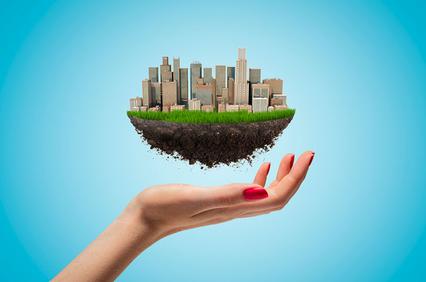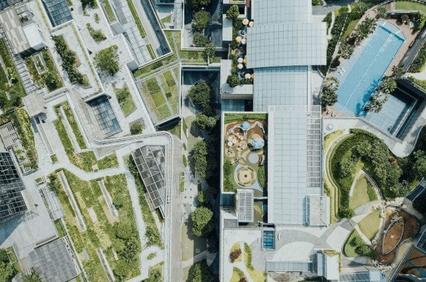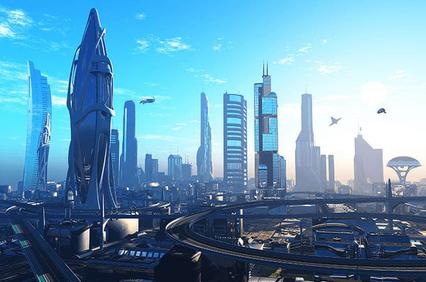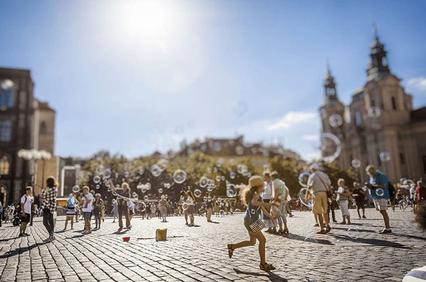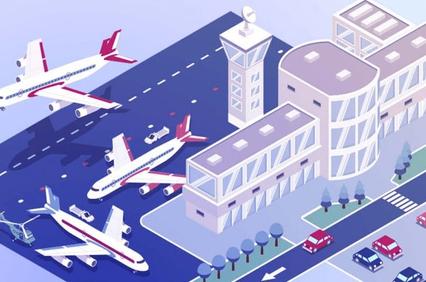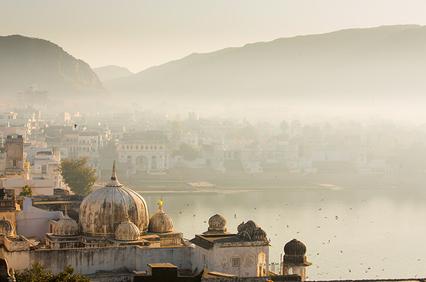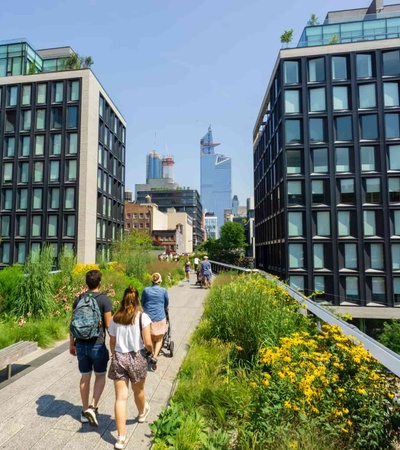
Center for Sustainable Cities
Center for Sustainable Cities
- Home
- Center For Sustainable Cities
What we do
What we do
We are dedicated to reshaping the future of our cities by offering bespoke consultation and expert advice at various scales — from comprehensive city-wide proposals to intricate neighbourhood analysis, and even to the granularity of individual buildings with operational strategies and decarbonisation plans.
What we can do for your organization and projects
What we can do for your organization and projects
We don’t just consult; we transform urban landscapes with an unwavering commitment to sustainability and innovation.
Imagine city-wide proposals that don’t just change the view but change lives, where neighborhood analyses aren’t just about buildings, but about building communities.
For those seeking guidance on sprawling urban developments or pinpoint infrastructural advancements, we provide a bespoke blend of strategic consultation and ground-breaking advice.
We cater to a spectrum of clients — from governmental bodies looking to write the next chapter in their city’s story, to corporate entities intent on leaving a positive footprint, to NGOs and local communities championing the heartbeat of city life.
Join us at the Center for Sustainable Cities, where every urban project is an opportunity to sow the seeds of sustainable excellence and watch a greener, more equitable urban life flourish.

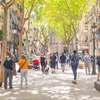
We are a dedicated ally, committed to helping you transform theoretical possibilities into tangible realities.
Enhancing the Urban Social Fabric
Deep Expertise in Urban Analysis
Data-Driven Decision Making
Impact Evaluation
Tailored Recommendations
Trusted By Leaders
Stakeholder Collaboration
+1200 experts
Our most recent projects
Our most recent projects
Harness our unparalleled expertise to co-create pioneering, resilient, and sustainable multi-dimensional urban solutions, expertly interweaving natural, social, infrastructural, and economic vitality into the fabric of city life.
Analysis, Evaluation and Implementation of Urban Regulations that promotes sustainable urbanization. (on-going research)
The objective of the research is to analyze, evaluate and implement urban regulations that promotes a sustainable urbanization.
The design, construction, use and maintenance of urbanization is approached from environmental, social and economic factors.
Our goal is to set guidelines and recommendations for sustainable urbanization.
Client: Serviland.
Topics: urban regulations, sustainable urbanization.A Preliminary Study of Italy and Spain's Informal Settlements - Beyond the Numbers - (On-going research)
The following work delves into the complex issue of informal settlements in Italy and Spain, revealing significant findings and drawing key conclusions.
The research indicates that these settlements, far from being confined to low-income countries, are also prevalent in high-income nations, with the conditions of inhabitants exacerbated by recent global events.
Topics: Informal Settlements, Poverty.Bertha's Village : Limassol, Cyprus Intergenerational rehabilitation and late living programs
This project initiates the exploration into the design and operational guidelines for a senior home and intergenerational rehabilitation project in Cyprus. It delves into extensive multi-dimensional research, including analyzing public data sets, case studies, comparative analysis, and academic research.
Practical field visits and collaborative sessions with the project development team complemented our endeavor.
Client: Zimmin Foundation and Skikeme Ltd.
Topics: Health and Wellbeing, Intergenerational Programs.The colors of Fuencarral neighborhood. (Spanish)
The identity and sense of belonging of a neighborhood is a complex system of relationships, which is conditioned by multiple factors, among which time plays an essential role. Our approach to the visual identity of the Fuencarral neighborhood is based on the analysis of its physical structure, and the perception that the neighbors have of it.
This relationship between the analysis of physical structure from a technical, historical and artistic point of view, and its feedback with the opinions of neighbors, has allowed a result that enhances the integration of the built with the social.
Client: CreaMNN.
Topics: Neighborhood Identitly, citizen participation.Design and Evaluation of a network of local producers. (Spanish)
The objective of the investigation is to build and manage a network of Local Producers to provide services and products for the development of Madrid Nuevo Norte.
The Local Producers are analyzed and evaluated along the Life Cycle of Madrid Nuevo Norte, and classified according to multiple parameters as proximity, industrialization, innovation, sustainable and socioeconomic impacts, among others.
Client: CreaMNN.
Topics: Local Network, citizen participation.The Impact of Logistic in Cities
The objective of the present research is to analyze and evaluate the impact of last-mile logistics in cities, and to propose specific strategies, actions, and planning policies to achieve a positive impact in the urban environment while maintaining the efficiency and functionality of the logistics network.
Thus, this report is structured sequentially from analysis and evaluation to proposals and recommendations.
Client: Prologis.
Topics: Logistics, Modelling & Simulation.Last-Mile Logistic Impact Index (LM-LII)
To evaluate the impact of the Last-Mile logistic network in the urban environment, the Center for Sustainable Cities has developed the Last-Mile Logistic Impact Index (LM-LII).
This tool provides a quantitative measurement of the impact of logistics, based on environmental, functional, socioeconomic, urban, and information factors.
These factors are overlayed with the stakeholders, logistic facilities, delivery vehicles, and the urban fabric to evaluate the impacts.
Client: Prologis.
Topics: Logistics, Impact Evaluation.The transition from the consumer to the citizen. (Spanish)
This paper is the result of a collaboration between Engie, GAD3 and the Center for Sustainable Cities, to evaluate the sustainable habits of Spanish citizens.
The conclusions show that, although Spanish citizens are ready to change their habits, and they have the knowledge to do it, they consider that individual behavior has a very short impact in global warming.
Client: Engie.
Topics: Sustainable Habits, Prosumer."Strategies and Technologies for an Urban Future" Seminar
City-making is based on strategies and technological innovation. One cannot exist without the other. Technology without strategy is a useless tool. The three panel seminar is structured in the relationship between both, on how technological innovation and urban strategy can shape our urban future.
While the first panel is focused on the strategies that foster a sustainable urban future, the second panel is focused on the role of technology for making more vibrant and livable cities. And finally, the last panel will discuss the collaboration between the academia and the private and public sector to promote research and innovation for new urban solutions.
Client: Madrid City Hall
we have collaborated with
we have collaborated with
About us
About us
MANUEL PEREZ ROMERO
PhD - Chair of IE Center for Sustainable Cities
Manuel Pérez Romero has an interdisciplinary background as an architect, urban designer, lecturer and inventor. Perez Romero interests focus on two different but complementary areas: evolutionary urbanism and technique. Co-evolutionary urbanism is an interdisciplinary approach to city-making based on time, co-evolution and ecology. In terms of technique, he has patented and developed several construction systems and structures.
Pérez Romero holds a Ph.D. in Architecture and he is the Chair of the Center for Sustainable Cities, at IE University. Since 2000, he has been a professor at several universities as IE University, Alcalá de Henares School of Architecture and Madrid School of Architecture.
Pérez Romero is founding member of nodo17 group, a Madrid based group of architects, urban designers and ecologists operating within the fields of urbanism, landscape, architecture, engineering, information and ecology. Projects undertaken by nodo17 group have received more than 20 awards in national and international competitions.
His work has been published in journals and monographs, such as “nodo17 version 2.08” (Damdi Publishing Co, South Korea, 2009) and he is author of “Timetecture” (Diseño, 2017).
RUXANDRA IANCU-BRATOSIN
Lead Researcher at IE Center for Sustainable Cities
Ruxandra Iancu-Bratosin is an urban strategist and researcher with a focus on the urban environment, currently acting as Lead Researcher at IE Center for Sustainable Cities and an adjunct professor at IE University.
She is also the founder of 50(Super(Real)), a studio focused on multi-scalar spatial strategies, driven by the harmonious marriage of human values with technological innovation.
At the core, her work explores ecology, social impact and the process of design and it has been exhibited at the Venice Architecture Biennale of 2016, Rotterdam Design Biennale of 2017, London Design Biennale of 2021 and published in several books with a digital ecology focus.
Her tangent focus explores digital humanism, algorithmic driven decisions and the impact of digital technology on the social fabric and human behaviour.
Ruxandra´s work is driven by the quest of expanding the notion of collaborating with technology in order to address contemporary social or sustainability issues. She is also an active member of the Urban Regeneration Council inside the Urban Land Institute.
Scientific Comitee
Scientific Comitee
Empowering organizations for a Sustainable Future
Empowering organizations for a Sustainable Future
Education
Education
The IE Center for Sustainable Cities is a leading organization dedicated to promoting sustainable urban development worldwide. Through a variety of educational programs and initiatives, the center empowers professionals, leaders, and stakeholders to create resilient, vibrant, and equitable cities for all.
In addition to these efforts, the center actively engages in knowledge dissemination, professional development, and community collaboration through a range of impactful activities, including:
- Knowledge and training.
- Professional workshops.
- Executive training programs.
- Thought leadership events.
- Community engagement sessions.
- Research symposia.
- Policy roundtables.
OUR PROGRAMS
OUR PROGRAMS
Publications and Articles
Publications and Articles
IE UNIVERSITY DESIGNS THE WORLD’S FIRST INDICATOR TO OPTIMIZE THE IMPACT OF LOGISTICS ON CITIES
Designed by IE School of Architecture and Design’s Center for Sustainable Cities in collaboration with Prologis, the tool analyzes urban management challenges and proposes sustainable solutions.
THE IMPACT OF LOGISTICS IN CITIES
Early in the morning, before dawn, a group of vans is waiting in a warehouse in the outskirts of Madrid. They are waiting to load their trunks with the packages for delivery that arrived at the warehouse the night before. Meanwhile, inside somebody is distributing the according to delivery areas for the drivers. Once the vans are filled with the goods to deliver, the race starts.
By Manuel Pérez Romero.A STUDY ABOUT THE SPANISH CONSUMERS’ ATTITUDE AND KNOWLEDGE TO FACE CLIMATE CHANGE
A study commissioned by ENGIE Spain and conducted by GAD3, in collaboration with the Center for Sustainable Cities, shows that over 90% of Spaniards say they are willing to change their habits in order to combat climate change. The Center at IE University has prepared a White Paper interpreting this data.
THE REPLACEMENT OF ASPHALT
The City Prosperity Index, CPI, evaluates urban prosperity according to five parameters.
by Manuel Pérez RomeroA TALE OF TWO URBAN SYSTEMS
Finance and equity within urban infrastructures—is this an irreparable tension or a constructive partnership? How do we refine our urban systems and models? How do we mobilize data in meaningful ways?
by Cem KayatekinLAS CIUDADES POST-COVID-19 QUE SE REDISEÑAN
¿Qué medidas estamos viendo a este respecto en distintas ciudades, ahora que estamos planteando el regreso a una nueva normalidad? ¿Cómo varían las propuestas alrededor del planeta?
by Cristina MateoTHE MOST OUTSTANDING SUSTAINABLE CONSTRUCTIONS OF THE LAST DECADE
From a vertical forest rising in a busy metropolis to a power plant that doubles as a ski slope, Dean Martha Thorne selects some of the most influential buildings.
by Martha ThorneNEW SPACES FOR NEW LIFE HABITS
Our habits have evolved, generating new needs in relation to the environments where we live our lives.
with Martha Thorne and Paul PriestmanARE THE TECH GIANTS TAKING OVER AS OUR CITY LEADERS?
Our cities are increasingly being used as laboratories for countless innovations.
by Cristina MateoIE CENTER FOR SUSTAINABLE CITIES ASSISTS RENAZCA IN A UNIQUE PLACE-MAKING PROJECT FOR A KEY AREA OF MADRID
RENAZCA, a consortium of companies that own buildings in the superblock area of Madrid known as AZCA, has selected a design team to spearhead the transformation and revitalization of this central, but dilapidated, area of the city.
by IE School of Architecture & DesignA NEW URBAN CONFIGURATION AFTER THE CURRENT HEALTH CRISIS
In this conversation, Carlo Ratti , Director of the MIT Senseable City Lab, and Dean Martha Thorne, discuss how this new configuration is being generated as a result of the current health crisis.
by Carlo Ratti and Martha ThorneTOWARDS MORE EFFICIENT BUILDINGS
There is a major source of hidden value in construction, related to energy and therefore not visible, which is being wasted: green equity.
by Fernando de Roda
More Publications
RAJ REWAL AND THE IMPORTANCE OF SUSTAINABILITY
During the Hay Festival 2019 celebrated in our Segovia Campus, visiting speaker Raj Rewal spoke with Architectural Record about how using natural materials and sustainable design, has given his work a timeless appeal.
By Raj RewalLESSONS LEARNED FROM TIMES OF CRISIS
As urban models have evolved, the guiding objective has been to reduce the risk of disasters—such as fires, floods, earthquakes and epidemics—taking hold. These prevention strategies have been shaping our cities over the course of history.
By Manuel Pérez RomeroTHOSE THIRD SPACES THAT PEOPLE NEED
The cities of the planet are diverse and distinct, occupy a scarce 3% of the earth’s surface, but consume between 60% and 80% of energy, in addition to emitting 75% of carbon emissions.
by Cristina MateoTHE PRICE WE PAY FOR INEFFICIENT BUILDINGS
CO₂ concentration measured by the Mauna Loa observatory in Hawaii, at 3 400 m altitude and in one of the cleanest, driest and most intact environments on the planet, reached a record level of 415.64 ppm on May 15.
by Fernando de RodaWE NEED TO HARNESS THE GREEN EQUITY IN OUR BUILDINGS
This urgently needed measure can help us combat climate change, writes Fernando de Roda.
by Fernando de RodaARCHITECTURE HAS LIMITS TO ACHIEVE URBAN EQUITY. WHAT SHOULD WE DO
Accessibility and mobility. When perceived through the architectural lens, these terms often evoke a range capped by two extremes.
by Cem KayatekinCITIES OF THE FUTURE: CHALLENGES OF ARCHITECTURE AND DESIGN
Growth pressure is having an impact on the functioning of cities, on their governance, and on quality of life.
by Martha ThorneMORE HUMAN CITIES
With cities growing at a relentless and ever-increasing pace, urban development models are more important than ever.
by Carmen PanaderoHOW TO ACHIEVE A RESILIENT CITY? FIRST, LET IT SHAPE ITSELF
The city is both the object and the jungle. Yet, when we speak of urban resilience, we often forget about the jungle, and focus on the object.
by Cem KayatekinTOWARDS "HAPPY AIRPORTS"
Airport terminals have long been viewed as indistinguishable and anonymous places of transit. But now, at the height of globalization, airport terminals are fighting to differentiate themselves and become veritable meeting points that offer an attractive value proposition to passengers.
by Cristina MateoTOWARDS MORE EFFICIENT BUILDINGS
The Challenge for countries like India and Japan, with ancient living traditions, has been the confrontation with modernization and technology.
by Martha Thorne


